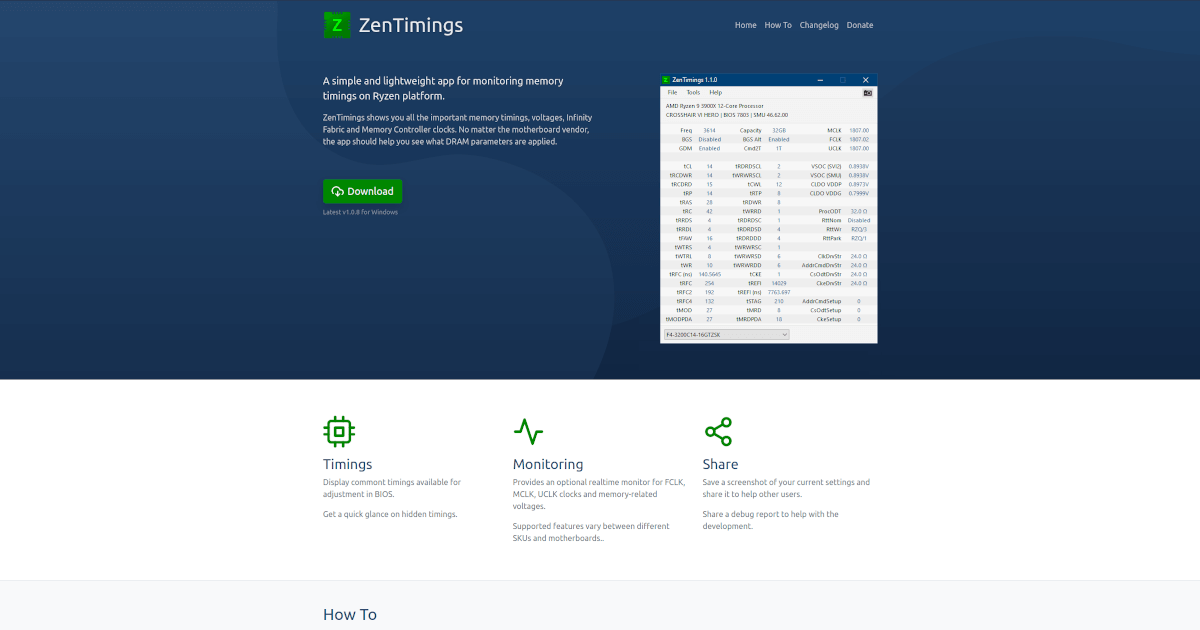- Joined
- Jun 24, 2015
- Messages
- 8,370 (2.28/day)
- Location
- Western Canada
| System Name | ab┃ob |
|---|---|
| Processor | 7800X3D┃5800X3D |
| Motherboard | B650E PG-ITX┃X570 Impact |
| Cooling | NH-U12A + T30┃AXP120-x67 |
| Memory | 64GB 6400CL32┃32GB 3600CL14 |
| Video Card(s) | RTX 4070 Ti Eagle┃RTX A2000 |
| Storage | 8TB of SSDs┃1TB SN550 |
| Case | Caselabs S3┃Lazer3D HT5 |
Yea, extra profiles, different sizes, not sure what to choose and whyUp until now I always chose the smallest size when running p95 manually, but now I'm not sure after what you told me in relationship with the Huge preser.
I left everything on default and set it to only cycle through one core. If it passes 12 hours, I'd move onto the next. I guess that does enough iterations.
Still use P95 Small as a torture test for Intel OCs. It's just not the right tool for the job here. Like if you were stressing memory controllers, you would run P95 Large FFT.
If you're still doing 6 minute config and doing 1 core at a time, just run it a couple times and go to the next. Save the long tests for a comprehensive config. Huge FFT takes what, 30-45 min to actually test the entire range? 6 minutes only gets around to testing a small snippet, it's a quick and dirty test.
I would still test at least 2 cores at a time. That way they alternate and can take a break from the heat. Preferably cores on different CCDs as well, unfortunately not possible for 5800X







